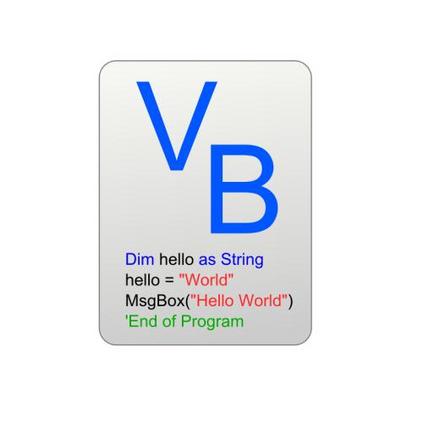In AI research, so far, the attention paid to the characterization and representation of function and affordance has been sporadic and sparse, even though this aspect features prominently in an intelligent system's functioning. In the sporadic and sparse, though commendable efforts so far devoted to the characterization and understanding of function and affordance, there has also been no general framework that could unify all the different use domains and situations related to the representation and application of functional concepts. This paper develops just such a general framework, with an approach that emphasizes the fact that the representations involved must be explicitly cognitive and conceptual, and they must also contain causal characterizations of the events and processes involved, as well as employ conceptual constructs that are grounded in the referents to which they refer, in order to achieve maximal generality. The basic general framework is described, along with a set of basic guiding principles with regards to the representation of functionality. To properly and adequately characterize and represent functionality, a descriptive representation language is needed. This language is defined and developed, and many examples of its use are described. The general framework is developed based on an extension of the general language meaning representational framework called conceptual dependency. To support the general characterization and representation of functionality, the basic conceptual dependency framework is enhanced with representational devices called structure anchor and conceptual dependency elaboration, together with the definition of a set of ground level concepts. These novel representational constructs are defined, developed, and described. A general framework dealing with functionality would represent a major step toward achieving Artificial General Intelligence.
翻译:在大赦国际的研究中,迄今为止,对职能的定性和表述以及职能和负担的注意是零散和少之又少,尽管这一方面在智能系统的运作中占有显著的特征。在零散和少之又少的努力中,尽管迄今为止在职能和负担的定性和理解方面作出了值得称道的努力,但对于职能和负担的定性和理解,也没有一个总的框架可以统一与职能代表性和应用有关的所有不同使用领域和情况。本文件仅发展了这样一个总的框架,其方法强调所涉的表述必须是明确的认知和概念性的,还必须包含所涉事件和程序的因果性描述,以及采用基于其所指参考要素的概念性结构,以便达到最大程度的普遍性和理解性。基本的总体框架,连同一套与功能代表性有关的基本指导原则,为了适当和适当地描述和代表功能,需要一种描述性表述语言。这一语言的定义和发展,其使用的许多实例。一般框架的制定的基础是扩大一般语言的含义框架,即走向所谓的依赖性框架,并采用基于基本结构的功能性结构结构结构,支持概念性结构的确定这些基本结构的确定。




